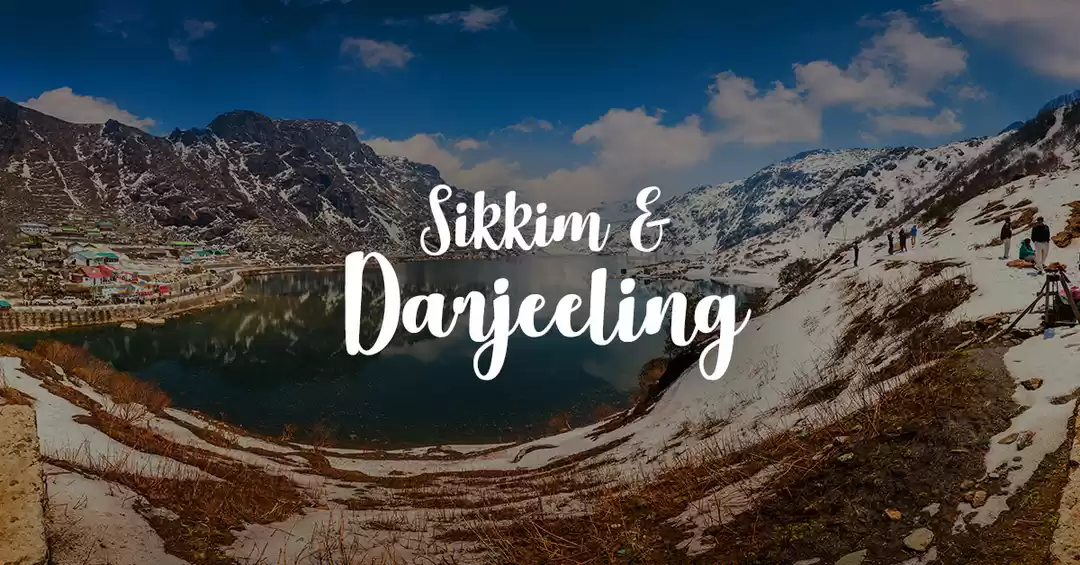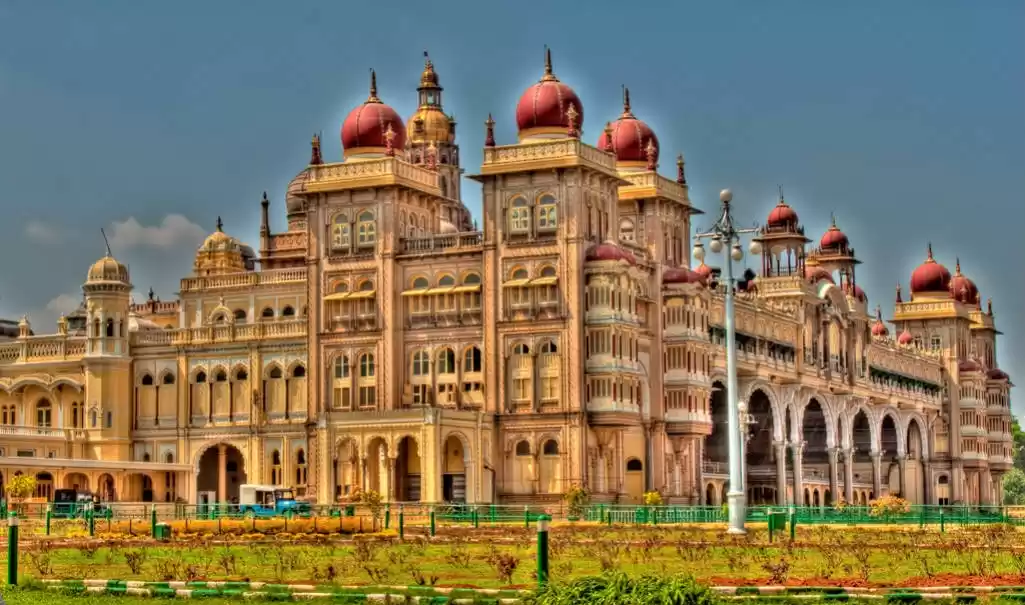




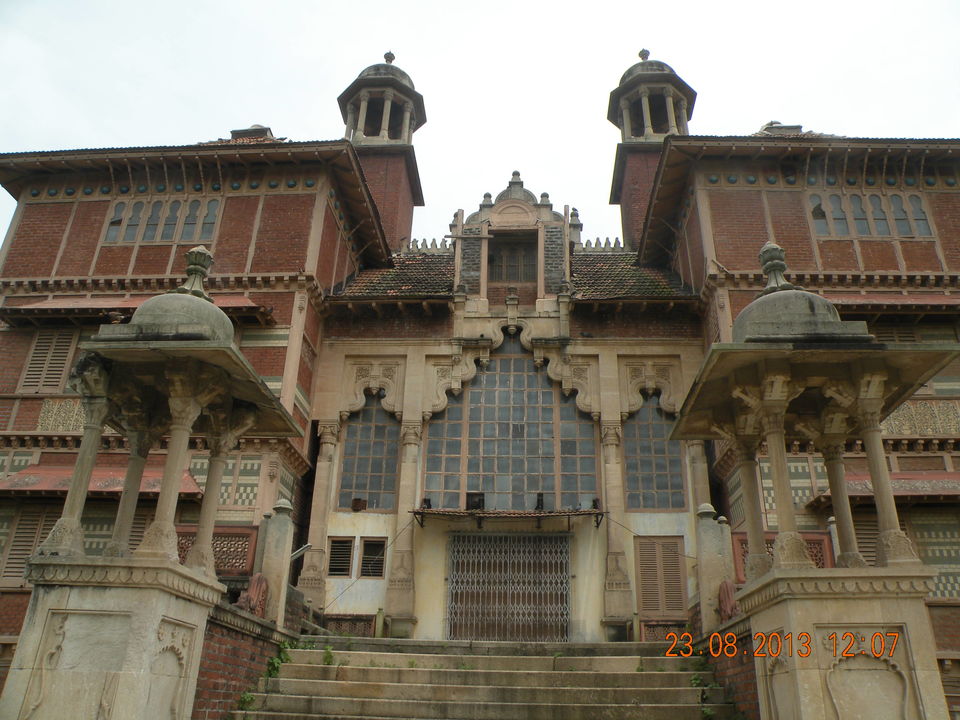
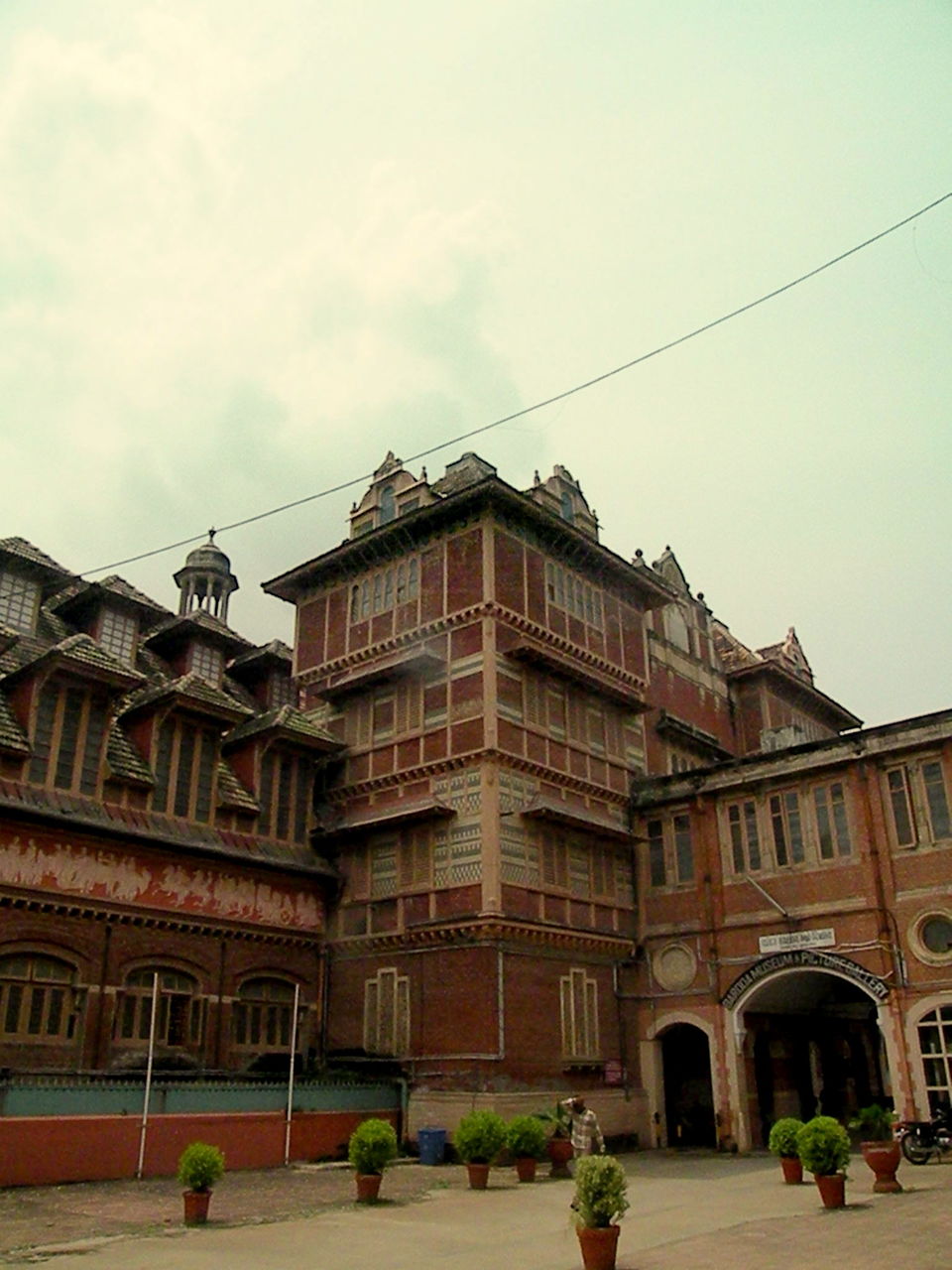
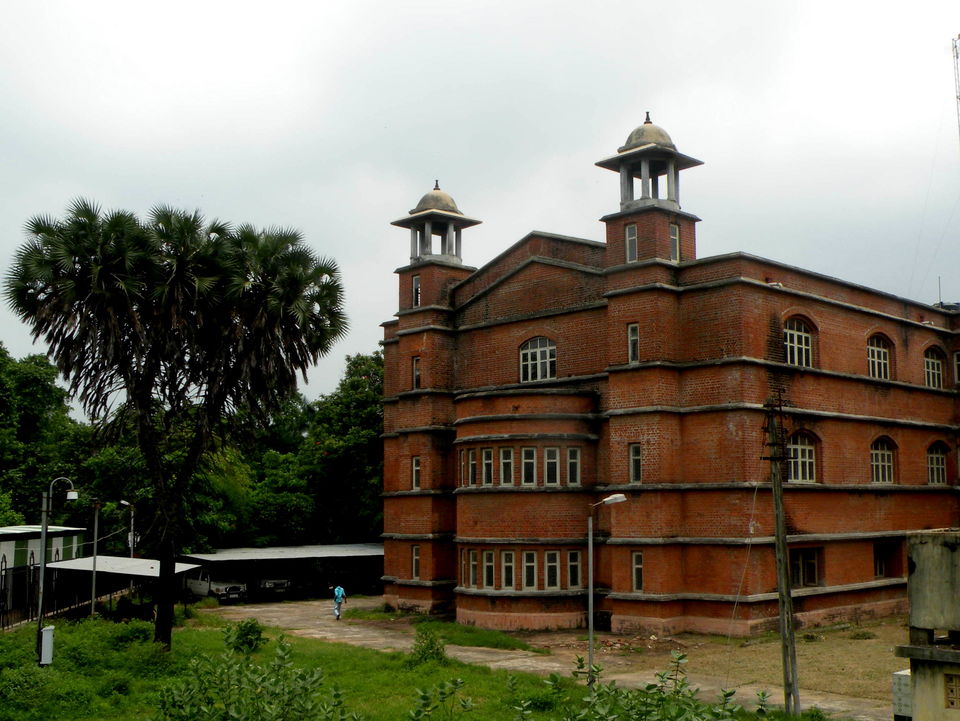


Baroda Museum and Picture Gallery
The Baroda Museum and Picture Gallery located at Sayajibaug was founded in 1887 by Maharaja Sayajirao Gaekwad. Created for the welfare and education his subjects, his foresight and taste were responsible for the museum’s unique and varied collection. He procured the priceless items himself or specially entrusted the work to various scholars and art connoisseurs. Thanks to his dedication the Baroda museum today possesses some very rare exhibits and enjoys an international reputation for being one of the best in the East.
The foundation stone of the museum building was laid in 1887 and the building was completed in 1894. The construction of the picture gallery building started in 1908 and was completed in 1914, but the gallery could be opened only in 1921 as the World War delayed the transport of the collection of European paintings to India to Baroda.
The museum and the picture gallery are two separate two-storied buildings built in the Indo-Saracenic style of architecture. They were designed by two English architects, R.F. Chisholm – the then Consulting State Architect – and Major R.N. Ment. The general outline of the museum building is in conformity with the traditional local Maratha architecture of wooden framework filled with brick walls. But the ground floor has the pure European style, including a cornice decorated with a plaster copy of a Parthenon frieze. The south porch rising on a vast flight of steps is decorated with early and later Mughal forms. The pure gallery building is somewhat smaller and designed in a simple European brick style, but it has Indian columns and open pavilions on the roof. The two building are connected by a covered bridge passage. The total floor area of both the buildings is about 40,000 sq. ft.
Indo-Saracenic style of architecture in India,so his building have general characteristics such as :-
- DOME
- -onion (bulbous)
- -many miniature domes
- -kiosks
- -chhatris
- ARCHES
- -pointed , cusped , or scalloped
- -pierced
- ROOF
- -vaulted
- -Bangala roofs
- EAVES -overhanging
- PINNACLES
- TOWERS
- WINDOWS
- COURTYARDS
One of the highlights is the 22m long blue-whale skeleton found in 1972 at the mouth of the River Mahi, most likely washed up in a storm. The Ethnography section has exhibits about tribes from Gujarat: the Rabaris, Gamits, Bhils, Chaudhuris and Wagharis. The museum library has nearly 23,000 books and periodicals on a range of subjects, some of them extremely rare. ond-phase extension of the museum building is presently in progress.
The Baroda Museum’s Rooms:
- Famous paintings by Ravi Verma
- Michel Angelo
- Graeco-Roman room
- European Roman, 7th-18th centuries AD (pre-industrial period)
- European Room: 18th-20th centuries AD (industrial period)
- Special exhibition hall
- Special exhibition hall
- Library
- Library
- Store, Civilizations and Arts of Asia
- Greater Indian room
- Ceylon, Burma, Siam, Malaya, Indo-China, Indonesia
- Japanese Gallery
- Tibet-Nepalese gallery
- Egypt-Babylonian Gallery
- Chinese Gallery
- Islamic Gallery (Persia, Iraq, Turkey, Syria, Egypt, Spain, etc.), Survey of Indian civilisation and arts
- Baroda room (Gujarat and Maratha art)
- Indian art since ca AD 1200 (mainly painting and industrial)
- Central hall (Baroda state history)
- Prehistoric and protohistoric room
- Archaeological section
The Picture Gallery’s Rooms:
- Balcony with a Bronze statue
2,3. European paintings of the 15th -18th centuries AD
4. European paintings of 19th century AD
5. Picture restoration room
6. Store
7,8. Modern Indian picture gallery, natural history room
9-14. Zoology
15. Paleontology
16. Ethnology
17. Mineralogy, petrology, geology
Baroda Museum’s Activities
Every year it has about 700,000 visitors from all parts of the world. For the benefit of visitors and the general public the museum organises various educational activities.
- It is open round the year (10.30 a.m. to 5.30 p.m.), except for 5 public holidays.
- The entrance is Rs. 5 per visitor, but children under 12 years are exempted.
- The museum periodically organises cultural and educational exhibitions on various topics.
- Illustrated lectures are arranged in the museum's lecture theatre and experts on different subjects are specially invited for this purpose.
- Educational films are shown regularly for the benefit of school children and visitors.
- The services of guides are provided.
- ‘Gallery-talks’ are also arranged for school children and illiterate students.
- Facilities for drawing and study of exhibits at close quarters are provided.
- Necessary permission to take photographs of exhibits and to make use of the library for research work can be obtained by making a written application.
- The museum publishes its research bulletins annually.
- Plaster-cast models of some selected objects of the museum are prepared by skilled artists in the modelling studio and sold to interested persons.
The Baroda Museum & Picture Gallery is now a part of the Gujarat state Department of Museums.






















